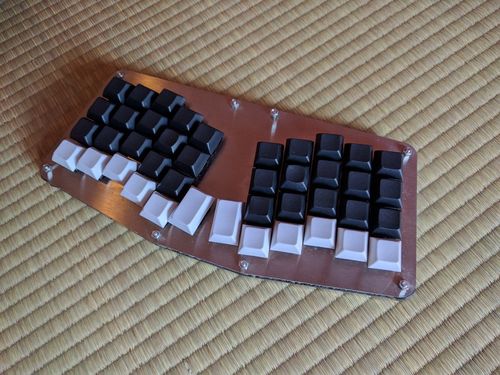
As mentioned in my Working on Android post, I’ve been using a mechanical keyboard for a couple of years now. Now that I work on Flowhub from home, it was a good time to re-evaluate the whole work setup. As far as regular keyboards go, the MiniLa was nice, but I wanted something more compact and ergonomic.
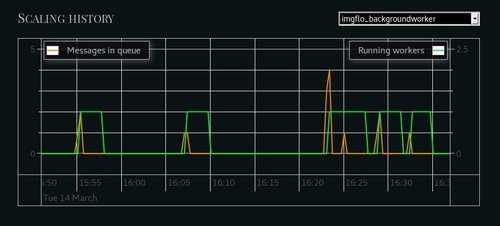
Microservices — an architectural pattern we recommended in our 2012 International PHP Conference keynote — is pretty popular these days. There are many benefits to consider:
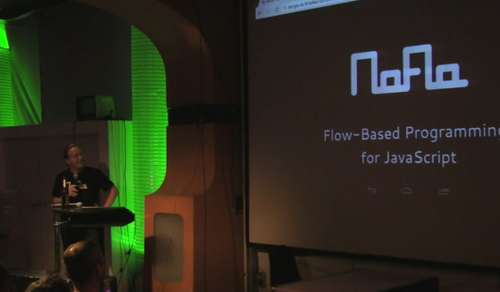
As I’m preparing for a NoFlo talk in Bulgaria Web Summit next week, I went through some older videos of my conference talks. Sadly a lot of the older ones are not online, but the ones I found I compiled in playlists:
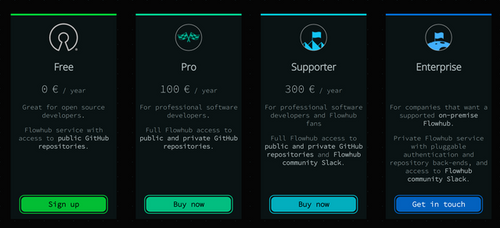
Flowhub — the product made possible by our successful NoFlo Kickstarter — has now its own company dedicated to supporting and improving the visual programming environment.

I’m happy to announce that GuvScale — our service for autoscaling Heroku background worker dynos — is now available in a public beta.

I’ve been attending the Bosch Connected Experience IoT hackathon this week at Station Berlin. Bosch brought a lot of different devices to the event, all connected to send telemetry to Eclipse Hono. To make them more discoverable, and enable rapid prototyping I decided to expose them all to Flowhub via the MsgFlo distributed FBP runtime.
It has always been easy to wrap existing JavaScript code into NoFlo graphs — just write a component that exposes its functionality via some ports.
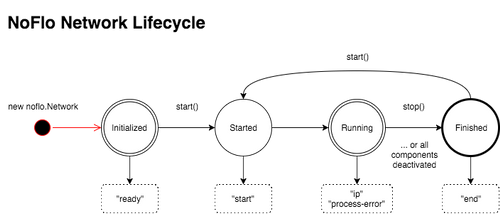
After several months of work, NoFlo 0.8 is finally out as a stable release. This release is important in that it brings the Process API for NoFlo components to general availability, paving way for the 1.x series.
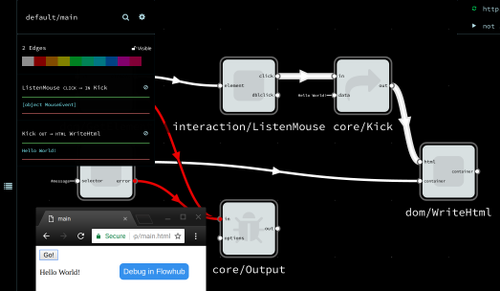
I was looking at some of the Stack Overflow noflo questions yesterday, and there were a few related to building NoFlo for the browser. This made me realize we haven’t really talked about the major change we made to browser builds recently: webpack.
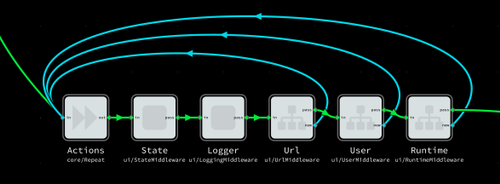
This post talks about some useful patterns for dataflow architecture in NoFlo web applications. We’re using these concepts to build Flowhub, the flow-based programming IDE.







